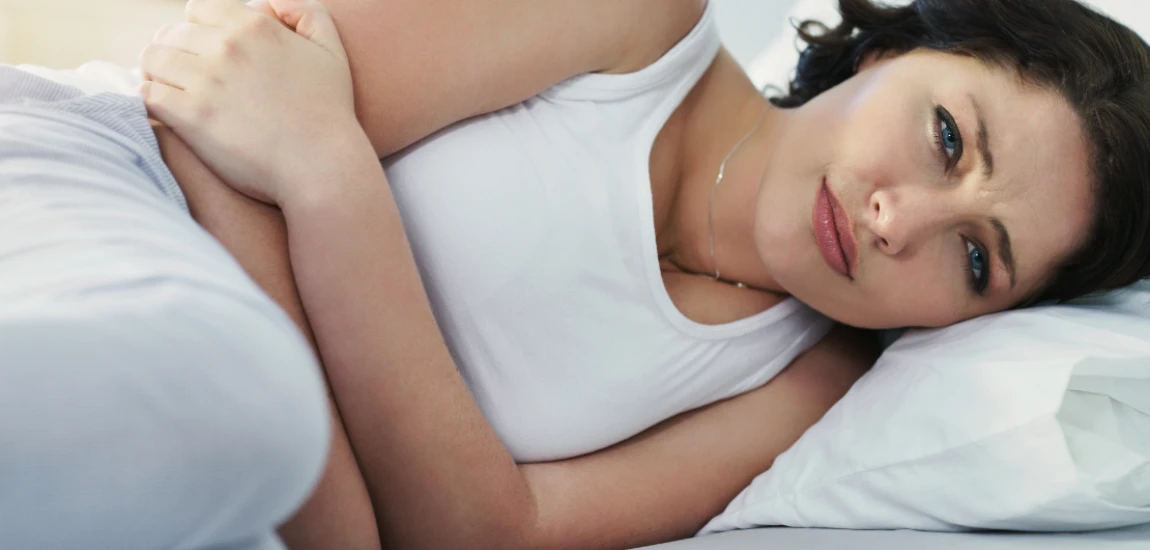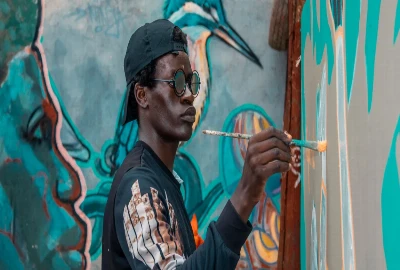Aesthetic Fatigue: When Every Feed Looks the Same

Open Instagram, TikTok, or Pinterest, and you’ll notice a strange phenomenon: everything looks the same. The soft beige coffee setups, the muted travel edits, the “that girl” routines with identical desk layouts—it’s all familiar to the point of exhaustion. This cultural saturation has a name: aesthetic fatigue. It describes the collective boredom that happens when trends become so widespread that originality disappears, leaving audiences scrolling through an endless carousel of déjà vu.
The internet thrives on aesthetics—after all, visuals are the fastest way to grab attention in a crowded digital space. But when brands, influencers, and everyday users adopt the same visual cues, the charm fades. What started as creative inspiration quickly becomes a formula, and audiences begin to crave something different.
In this post, we’ll explore what aesthetic fatigue is, how it emerged, why it matters for creators and brands, and—most importantly—how to escape it. If you’ve ever scrolled through your feed and thought, “Haven’t I seen this a hundred times already?”—you’re not alone.
What Exactly Is Aesthetic Fatigue?
Aesthetic fatigue refers to the burnout that occurs when a visual style becomes so overused that it loses its impact. Think of it as trend exhaustion: the once-captivating design, filter, or mood board no longer inspires because it has been replicated endlessly across feeds.
This phenomenon is particularly noticeable in the age of algorithm-driven content. Social media platforms prioritize what works—meaning, if a certain aesthetic drives engagement, the algorithm amplifies it. As a result, creators copy it, brands adopt it, and soon everyone is producing slight variations of the same thing.
A prime example is the “clean girl” aesthetic that dominated TikTok and Instagram. The slicked-back bun, gold hoops, white tank tops, and minimal skincare routines felt fresh at first. But soon, it spread so widely that individuality disappeared. Similarly, travel influencers once used warm-toned presets that made every destination look like Santorini—even if it was Iceland. Eventually, audiences couldn’t distinguish one creator’s content from another’s.
The problem with aesthetic fatigue isn’t just boredom—it’s diminished authenticity. When every post looks curated to fit an identical mold, the uniqueness of the creator or brand gets lost. In an ironic twist, striving for a perfect aesthetic often leads to blending in rather than standing out.

Why Every Feed Looks the Same
The homogenization of online aesthetics isn’t accidental—it’s baked into the mechanics of social media and digital marketing. Several key factors explain why your feed feels like an endless loop of déjà vu:
Algorithms Reward Familiarity
Platforms like Instagram, TikTok, and Pinterest use algorithms to surface content that users are most likely to engage with. If a certain style performs well, the algorithm pushes more of it. This creates a feedback loop where creators mimic successful aesthetics to boost visibility.
Virality Breeds Imitation
Once a trend goes viral, replication follows. Think of the “coastal grandmother” look or the sudden explosion of Wes Anderson-style TikToks. While imitation is natural, the sheer speed of replication online accelerates fatigue—trends burn out faster than they used to.
Commercial Influence
Brands often latch onto trending aesthetics to stay relevant. But when every skincare company uses the same pastel minimalism, or every coffee brand leans on the same neutral-toned “cozy vibes,” the uniqueness of their identity dissolves.
The Pressure to Conform
Many creators feel that deviating from the current aesthetic risks lower engagement. This fear of irrelevance pushes people toward sameness. It’s easier to play it safe with what works than to experiment with untested styles.
Globalization of Trends
Before social media, aesthetics often stayed regional or niche. Now, a micro-trend in Tokyo can go global in hours. While this democratizes inspiration, it also accelerates saturation—everywhere starts looking the same, from Paris cafés to California coffee shops.
This sameness creates what cultural critics call the “Pinterestification of the internet”—a world where individuality takes a backseat to visual templates optimized for likes.

How Aesthetic Fatigue Impacts Creators and Audiences
The effects of aesthetic fatigue ripple across creators, brands, and everyday users alike.
For creators, it means fighting harder to be seen. When your content looks too similar to what’s already circulating, your uniqueness is diluted. Even highly skilled photographers or designers struggle if their visuals blend into the same aesthetic category dominating feeds.
For brands, aesthetic fatigue poses a branding crisis. Imagine a skincare company using beige packaging, minimalist fonts, and clean white backgrounds. While this might have felt luxurious five years ago, today it blends into a sea of lookalike products. The brand risks becoming forgettable.
For audiences, the fatigue manifests as boredom. Scrolling becomes less engaging when every lifestyle influencer shows the same morning routine or every restaurant uses the same overhead latte shot. Consumers begin to crave authenticity over curation—a shift that explains the growing popularity of unfiltered, “messy” content on TikTok and BeReal.
Psychologically, aesthetic fatigue also fosters decision fatigue. When everything looks polished, curated, and interchangeable, it becomes harder to discern what’s real, original, or worth paying attention to. This leads to disengagement and even mistrust of overly aestheticized feeds.
The result? An appetite for newness, imperfection, and raw creativity. Audiences want something different—something that feels human rather than algorithmically optimized.

Breaking Free from the Cycle: How to Avoid Aesthetic Fatigue
Escaping aesthetic fatigue doesn’t mean abandoning aesthetics altogether. Instead, it’s about embracing authenticity, diversity, and intentional creativity. Here are strategies creators and brands can use:
Experiment Beyond the Algorithm
Don’t be afraid to test visuals that don’t conform to the dominant trend. While they may not go viral instantly, they can build a loyal audience that appreciates originality.
Focus on Storytelling
Aesthetic appeal is important, but narrative makes content memorable. Instead of posting another latte photo, share the story behind the café, the barista, or your morning ritual. Context adds depth.
Embrace Imperfection
Raw, unedited, or even chaotic content often resonates more than polished feeds. Platforms like TikTok reward authenticity—so lean into spontaneity instead of over-curation.
Diversify Inspirations
Instead of pulling inspiration from the same five trending creators, look outside your niche. Draw from film, art history, street culture, or even personal memories to cultivate a style that’s uniquely yours.
Evolve with Your Audience
Pay attention to how your followers respond. If they engage more with unfiltered moments than perfectly staged ones, that’s a signal to shift.
Reclaim Niche Identities
Micro-aesthetics (like “weirdcore,” “dark academia,” or “cyber Y2K”) thrive because they’re not trying to appeal to everyone. Consider leaning into a niche aesthetic instead of chasing mass trends.
By prioritizing originality over replication, creators and brands can break free from aesthetic fatigue—and even set the stage for the next wave of authentic internet culture.




